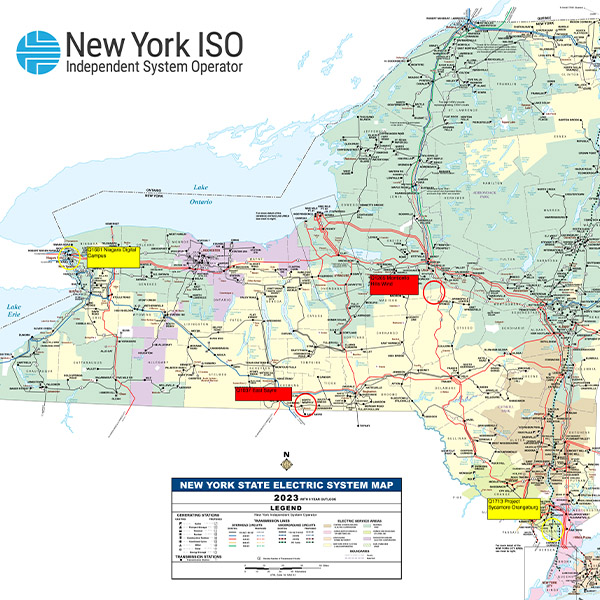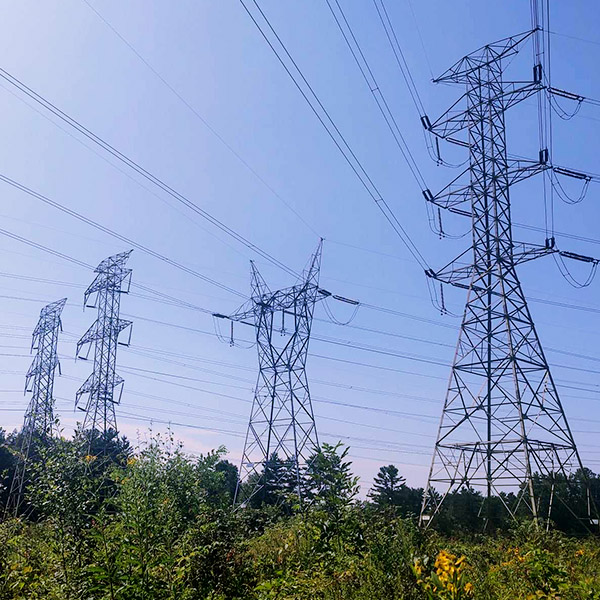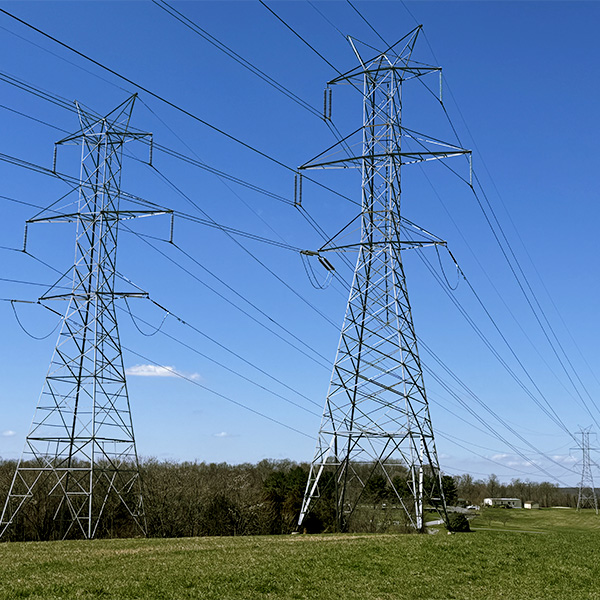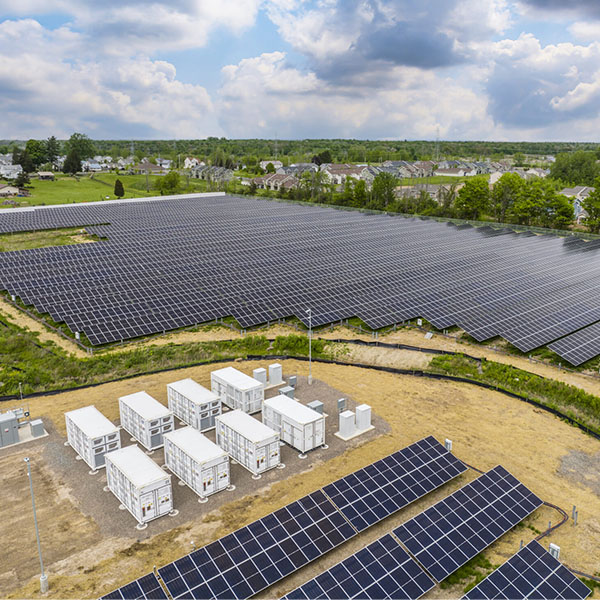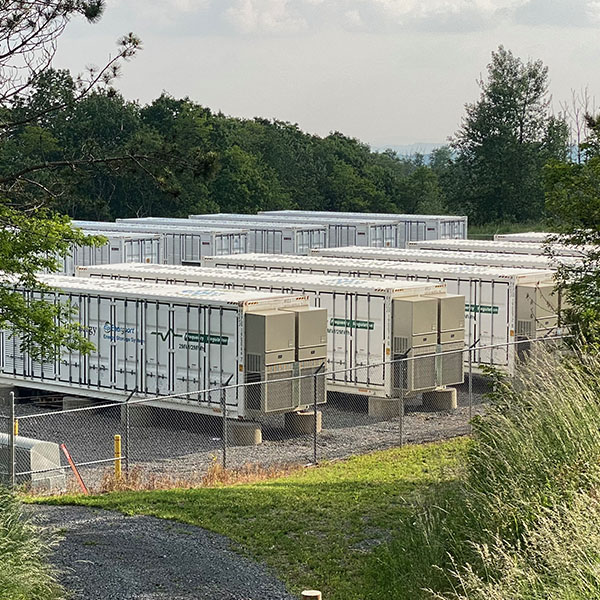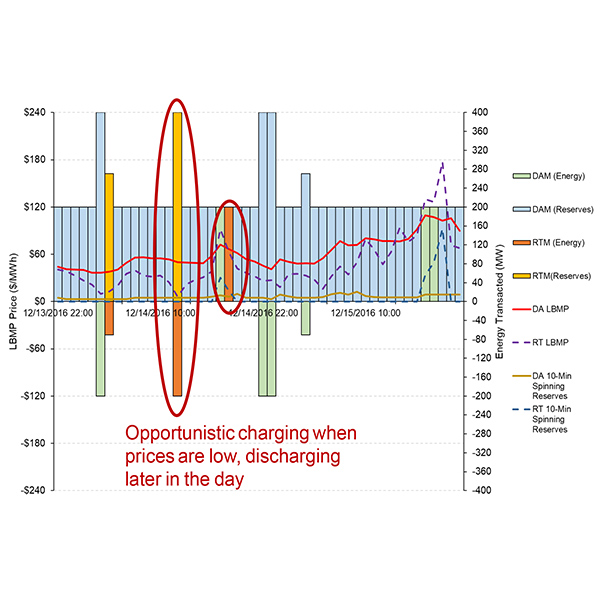NYISO Installed Capacity/Market Issues Working Group (ICAP-MIWG)
The New York Department of Public Service presented a proposal for updating the method by which NYISO determines peak load hours to the ISO’s Installed Capacity Working Group.
NYISO proposed to increase the Rate Schedule 1 carryover to $5 million, while the Installed Capacity Working Group discussed different ways to incentivize transmission security via the markets.
NYISO’s Market Monitoring Unit, Potomac Economics, presented recommendations for addressing what it calls inefficient market outcomes caused by setting locational capacity requirements based on the transmission security limit.
NYISO presented its final interim staff recommendations for the demand curve reset for 2025-2029 at the Installed Capacity Working Group’s meeting, with minor updates to some metrics.
NYISO proposed shortening the activation notice period for special-case resources from 21 hours to four, which caused consternation among program participants at the Installed Capacity Working Group’s meeting.
The Analysis Group told NYISO stakeholders it did not recommend any major changes to the annual process for updating the ISO’s gross cost of new entry for generators.
NYISO staff presented tariff revisions that may be deployed as early as Q1 of 2026 to account for the uncertainty of wind and solar energy forecasts.
NYISO presented its draft recommendations for the demand curve reset, including the choice of a two-hour battery electric storage system resource as the proxy unit in calculations.
NYISO is proposing to increase the required duration of special-case resources' load curtailment from four hours to six following a survey showing stakeholder support as part of the ISO’s Engaging the Demand Side initiative.
The NYISO Business Issues Committee approved proposed tariff changes to allow energy storage resources co-located with a dispatchable generator behind a single point of interjection to participate in the markets.
Want more? Advanced Search
